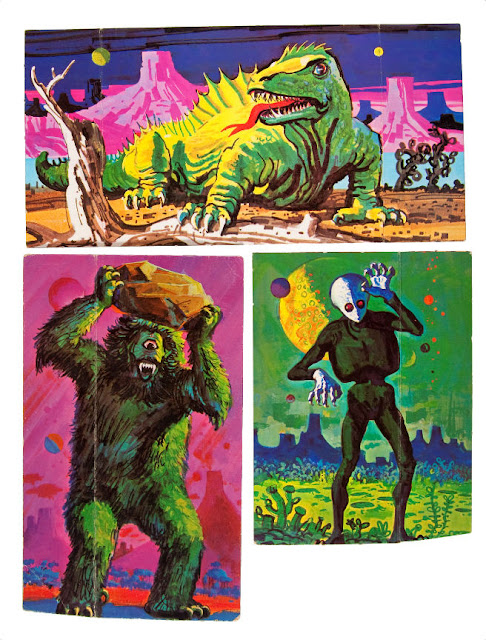Here's a few photos of my Tamiya Lotus Super 7 Series II 1:25 scale kit which I've painted in similar colours as seen in The Prisoner TV series.
Although some elements of the kit are slightly different to the cars that were driven by Patrick McGoohan (and Nigel Stock) during the series, in particular the rear lights, generally speaking it's close enough for me.
Three Lotus Super 7 Series II cars were used for filming, the first we see in the opening titles, speeding towards the camera at Poddington Raceway in Northampton, a quick film cut to see it driving across Westminster Bridge, and passing The Houses of Parliament, before turning right into Abington Street underground car park. The soon-to-be- prisoner slams a resignation letter on the desk of presumably his boss (in actuality Prisoner script editor George Markstein)
The car then speeds off across London, and pulls up at No 1 Buckingham Place; Following short distance behind is a mysterious Princess 4-litre hearse.
We see the same Lotus Super 7 SII, now apparently owned by Mrs Butterworth in the episode, Many Happy Returns.
The car, the original KAR 120C was actually a demonstrator, and powered by a Ford 1.5 litre Cosworth-tuned engine.
The second Lotus Super 7 SII appeared in the episode, Do Not Forsake Me Oh My Darling.
As the original KAR 120C had been sold to a customer in Australia, another Lotus Super 7 SII, reg. LCK 88D belonging to Borehamwood resident, Frank Rycroft, was used in the episode, Do Not Forsake Me Oh My Darling, and driven in the episode by actor, Nigel Stock. The car was slightly altered to look like KAR 120C.
A third Lotus Super 7 appears in the final episode, Fall Out, and again is altered to look like the original KAR 120C.
I think it's fairly obvious that the Lotus Super 7 SII is very much an individuals car, perfect for someone like No. 6. But although it looks a pretty cool motor, I'm not sure I'd want to own one, myself.
The original Lotus Super 7's had no indicators, as is apparent when Patrick McGoohan uses a right hand signal when turning into Abington Street car park.
Early cars had no speedometer, although later versions had one added in front of the passenger seat!
There was no petrol gauge, and the petrol cap is hidden beneath the rear luggage rack. (The Lotus Super 7 series III added indicators and an external petrol cap)
The kit itself is fiddly, but nonetheless an enjoyable build. I'd recommend painting most of the components prior to assembly.
As the engine compartment is a feature of the kit, I added some extra cabling and wiring detail.
I used Tamiya Racing Green and Chrome Yellow for the body colours , and finished it off with a couple of coats of gloss sealer.
 Orange alert!
Orange alert!























